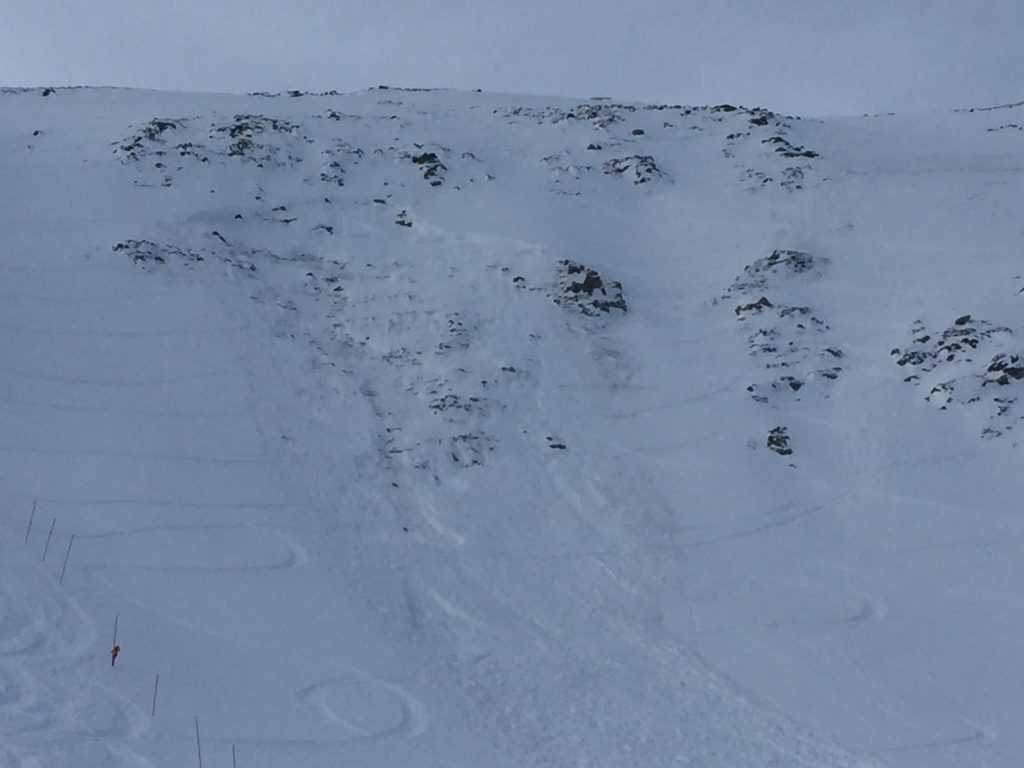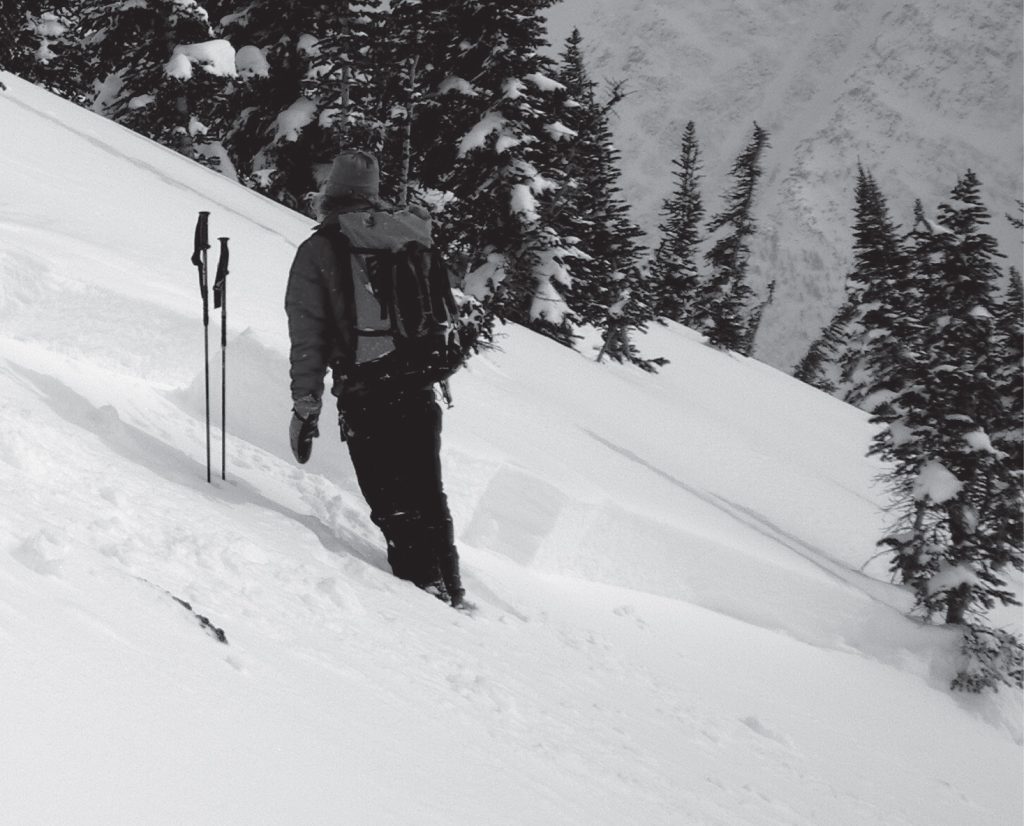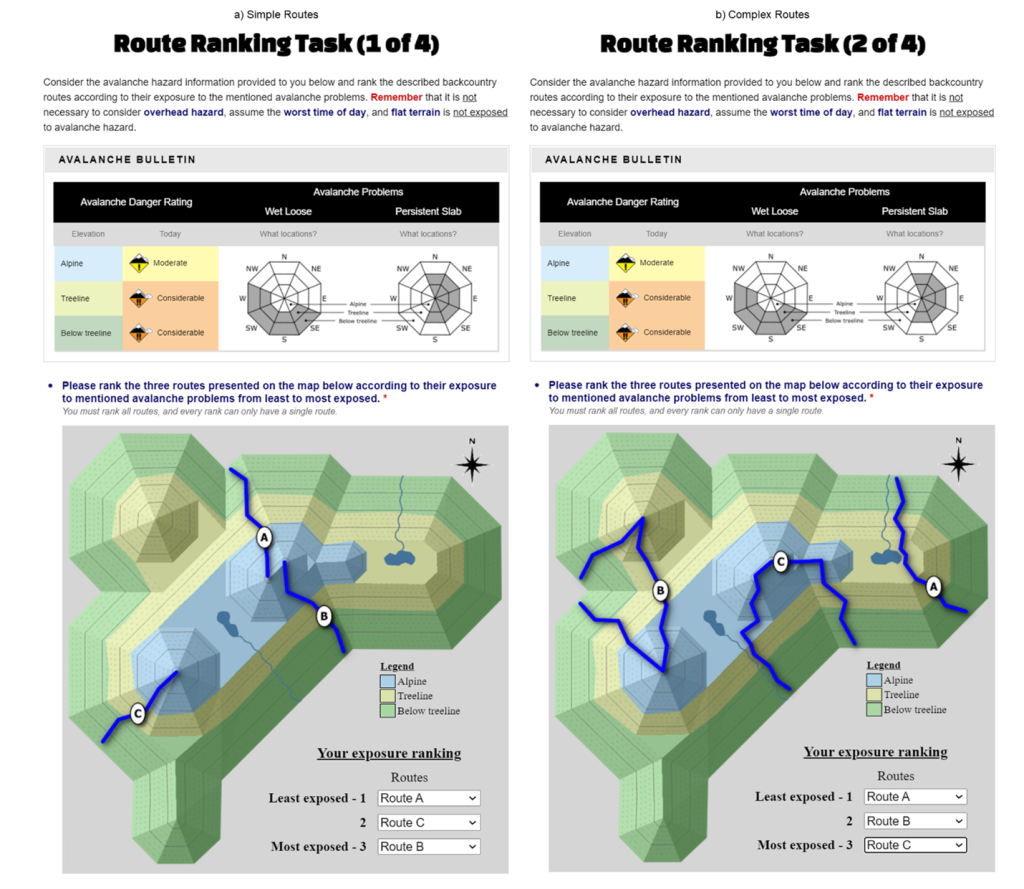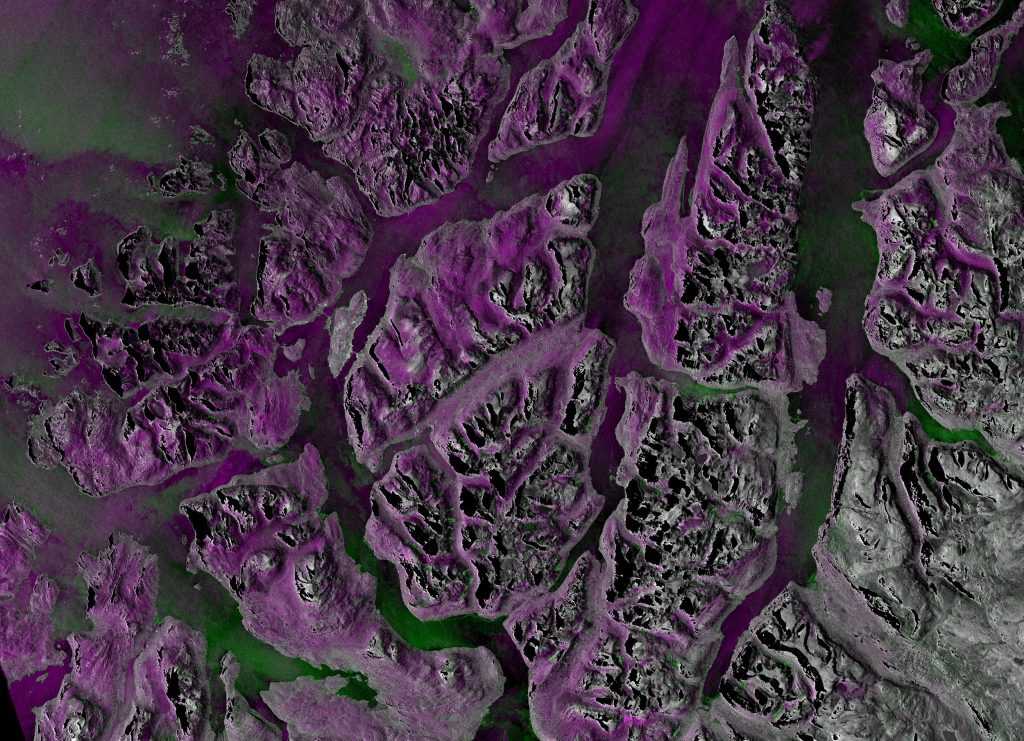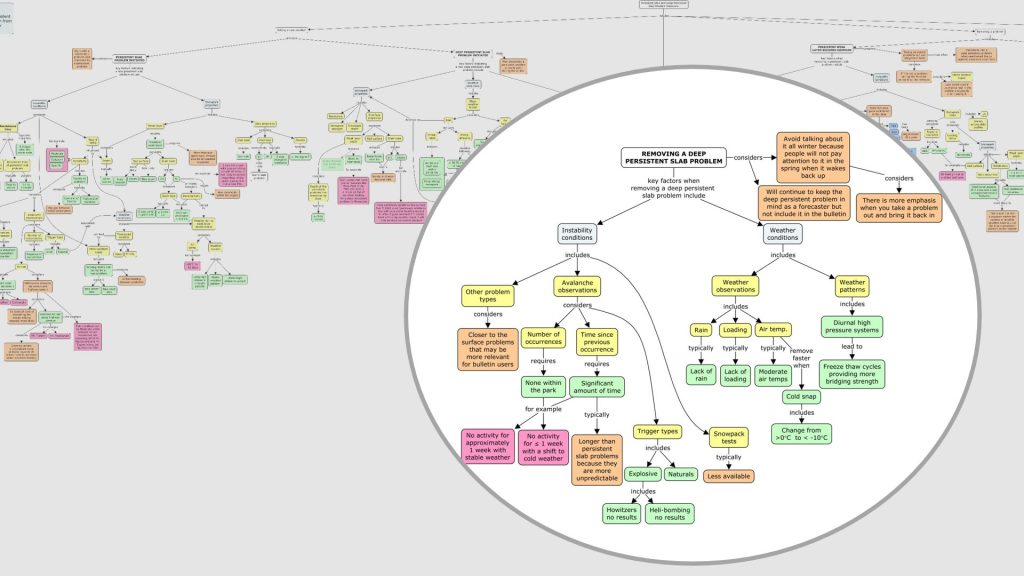From the Archives: Avalanche at Marmot Basin
Julie McBride reflects on a dangerous avalanche cycle at Marmot Basin in 2016 that resulted in several avalanches involving professionals, including a Marmot patroller.
From the Archives: Avalanche at Marmot Basin Read More »

